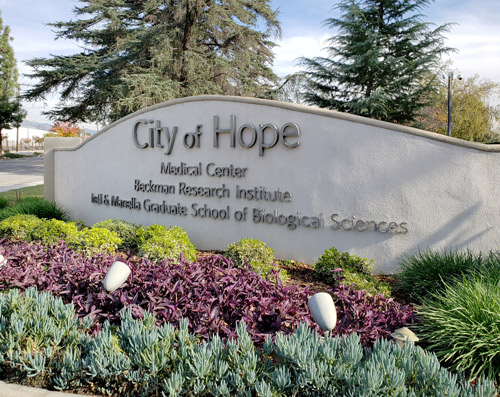New Case of HIV Cure Reported
The City of Hope patient becomes the fourth person in remission following a stem cell transplant
At a 24th International AIDS Conference press conference on July 27, Los Angeles-based City of Hope announced the news of an individual who has achieved HIV remission thanks to a stem cell transplant. The 66-year-old man received the transplant at the cancer research and treatment organization three and a half years ago to treat his acute leukemia. He received stem cells from an unrelated donor with a genetic mutation—CCR5 delta32—rendering them resistant to HIV infection. After taking antiretroviral therapy for over thirty years, the man has been able to stop his regimen for 17 months and counting without any signs of replicating HIV.

He joins Timothy Ray Brown (the Berlin patient), Adam Castillejo (the London patient), and a yet-to-be-named woman in New York as individuals who have benefited from this curative strategy. Though he wishes to remain anonymous, the City of Hope patient did share a prepared statement: “When I was diagnosed with HIV in 1988, like many others, I thought it was a death sentence. I never thought I would live to see the day that I no longer have HIV. City of Hope made that possible, and I am beyond grateful.”
At 63, the City of Hope patient is the oldest person to undergo a stem cell transplant and achieve HIV and blood cancer remission, as well as the individual who has lived with HIV the longest (31 years) among the four patients who have found success with the treatment. (Though he remained in remission for HIV, Timothy Ray Brown died in 2020 when his leukemia returned after twelve years.)
City of Hope sees the case as potentially opening the door for more older patients living with HIV and blood cancers to achieve remission for both diseases via a stem cell transplant.
“It’s always a triumph to be able to report that another person is in remission and likely cured of HIV,” said Dr. Rowena Johnston, amfAR vice president and director of research. “It shows we are on the right track and that we must redouble our efforts to develop a cure that can be made available to all who need it. “
Share This:
